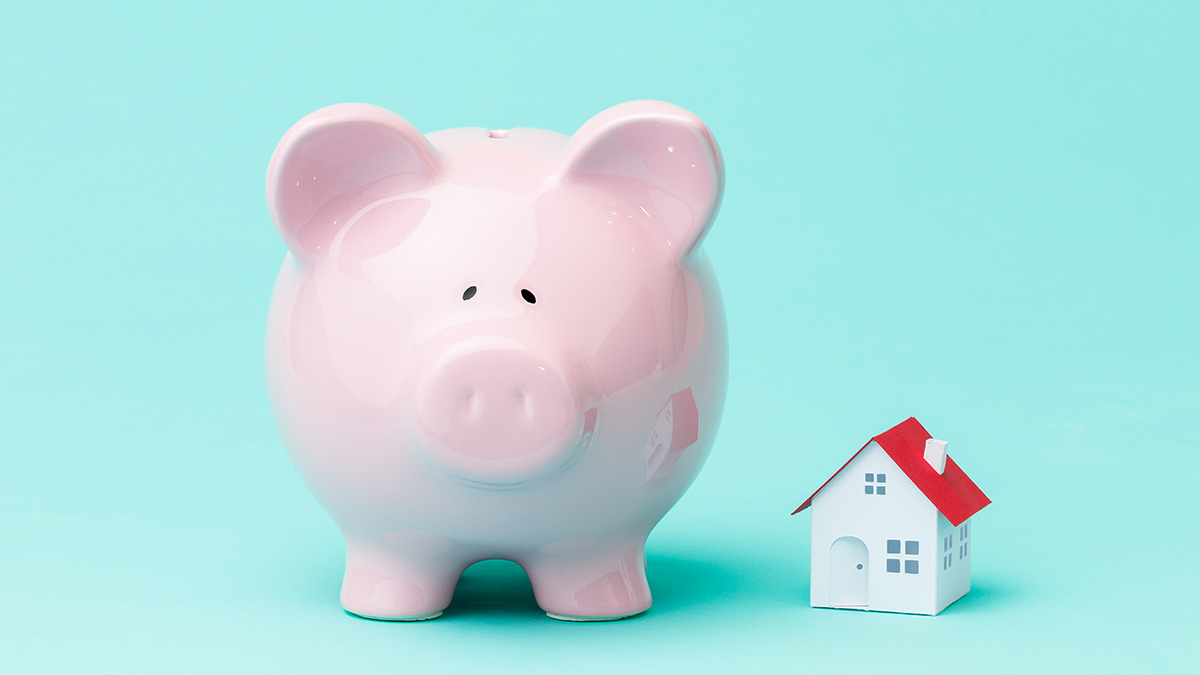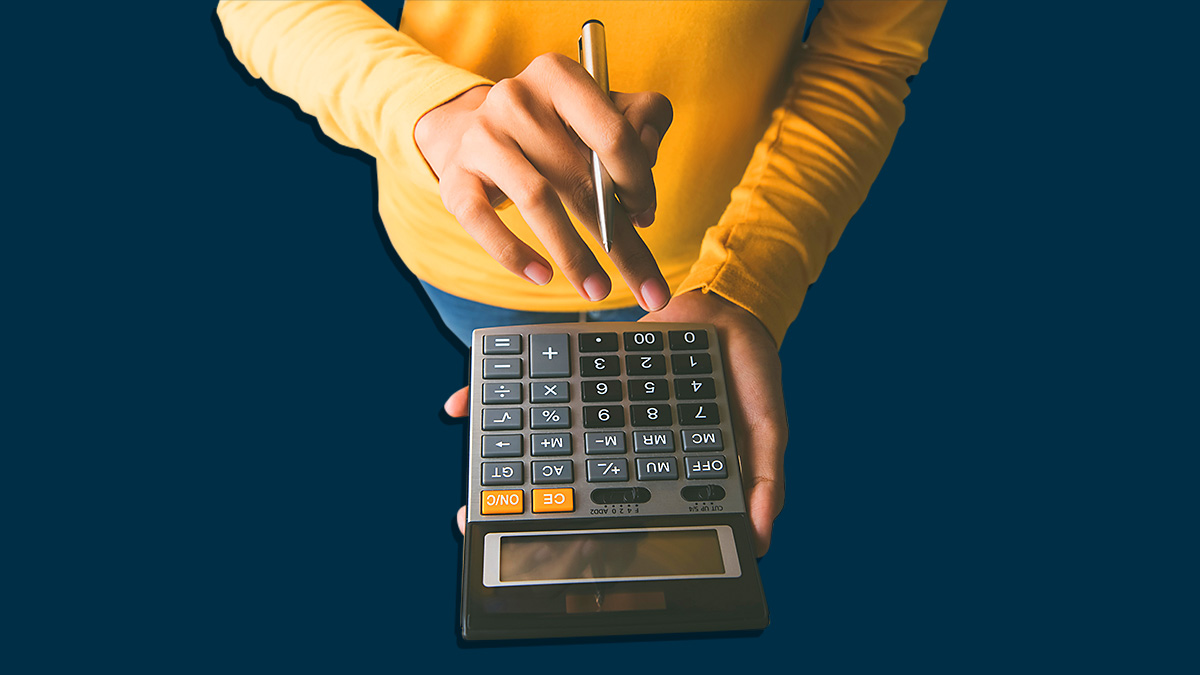Get our independent lab tests, expert reviews and honest advice.
What is the downsizer contribution and how does it work?

Need to know
- The Retirement Income Review found that many Australians aren't using the equity in their home to improve their standard of living in retirement
- The downsizer contribution initiative lets you contribute up to $300,000 per person from the proceeds of the sale of your house into your super
The Retirement Income Review found that “Few retirees use the equity in their home to support their standard of living in retirement”.
For those who aren’t looking to move, reverse mortgages (and the government’s version of a reverse mortgage, the Home Equity Access Scheme) are a way to release some equity in your home while getting some money to spend in retirement.
If you’re interested in selling your property, you can take advantage of the downsizer contribution to add more to your super.
Few retirees use the equity in their home to support their standard of living in retirement
Retirement Income Review
However, the review noted that the takeup of these options has been low. In part, this may be because retirees don’t know about these initiatives. While they won’t be for everyone, they’re worth weighing up to make sure you get the most out of your retirement years.
The most recent federal budget saw the government announce that the downsizer contribution scheme will become more flexible in future. From 1 January 2023, you’ll be able to make a downsizer contribution at age 55, down from 60.
How does the downsizer contribution work?
The initiative allows you to contribute up to $300,000 as an individual or $600,000 as a couple to your super from the proceeds of selling your property. This is permitted even when the standard contribution rules mean you wouldn’t normally be eligible to add to your super.
You may also benefit from making one of these contributions if you’ve already got $1.7 million in your super (which would normally prevent you from making a contribution). The downsizer contribution is a one-time deal; you can’t make a second contribution if you sell your house more than once.
What to weigh up before selling a property to make a downsizer contribution
Contributing extra money to your super makes sense if it means you’ll pay less tax and, ultimately, have more money to enjoy in retirement. See our explainer on contributing to your super for more information
The downsizer contribution is generally more helpful for high-income earners or those that can’t get the Age Pension and related concessions (including those who don’t meet residency requirements).
Transfer balance cap
It’s also important to understand the downsizer contribution will count towards your transfer balance cap. This means if you’ve already reached your cap for tax-free retirement income products, you’ll need to keep this money in the accumulation phase of your super.
You can check what your cap is at ATO online. As of 1 July 2021, the cap is between $1.6 million and $1.7 million depending on your circumstances. If you start your first retirement income stream after this date, your cap will be $1.7 million.
If you’ve already made the maximum allowable non-concessional contributions to your super, you can still make a downsizer contribution – this money won’t count towards your total superannuation balance (TSB) limit. Be aware, however, that it will count towards this limit in future financial years.
Means testing
Also bear in mind that Australia’s Age Pension is means-tested, so you’ll lose your pension if your income hits a certain level. Similarly, you may lose concessions (such as your Health Care Card) if your income goes up. Financial Informative Services officers can help you make decisions about your finances in retirement.
Finally, if you’re looking to move to a less expensive property to free up money, you’ll need to factor in transaction costs such as stamp duty, land tax (in some circumstances), commission for your real estate agent, any costs of readying the property for sale and paying removalists
You can contribute up to $300,000 from the proceeds of selling your house if you meet all these eligibility criteria:
You’re 55 years or older
The property you sold is in Australia
- The property isn’t a mobile home, caravan, or houseboat
- You haven’t made a downsizer contribution before
- You (or your spouse) owned the house for at least 10 years
- The money from selling your house is exempt (or partially exempt) from capital gains tax under the main residence exemption (or you’re entitled to a CGT exemption if your house was a CGT asset)
How do I make a downsizer contribution?
You’ll need to fill out the downsizer contribution into super form.
You’ll also need to make the contribution within 90 days of getting the proceeds from your property’s sale.
The initiative isn’t just for those selling their family home
Despite the name, the downsizer contribution isn’t available only to those who move from one house to a smaller one. There is no requirement or you to purchase another house with the money you make from selling. You can rent a new place, or move into a shared property or aged care facility and still make one of these contributions.





